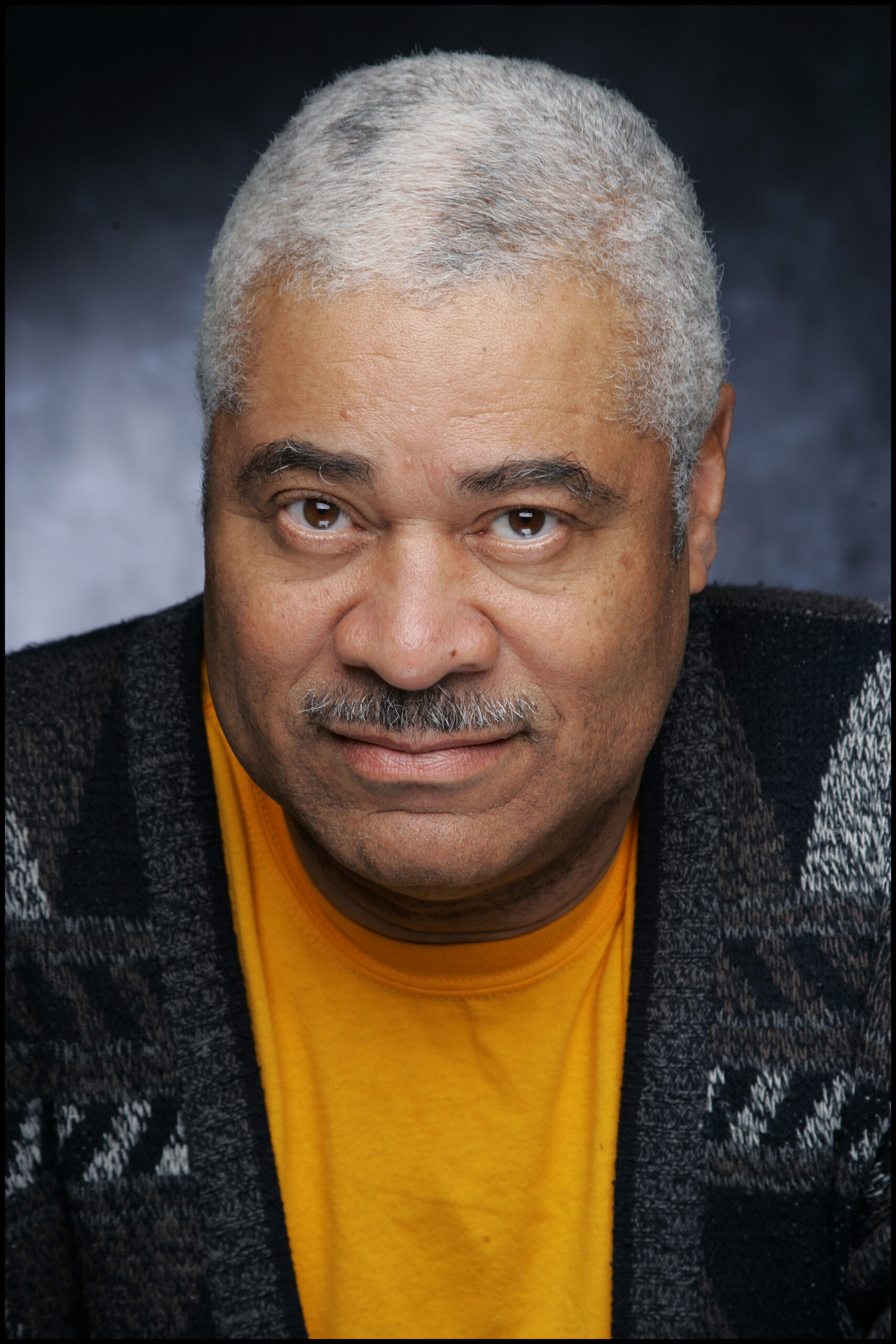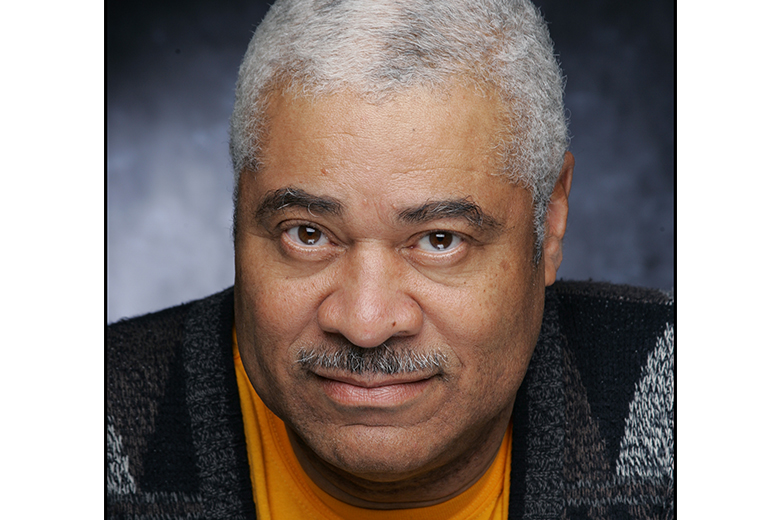I Still Can’t Breathe – A short narrative by Charles Dumas ’75 (Political Science)
The following narrative was written by SUNY New Paltz alumnus Charles Dumas ’75 (Political Science), a lifetime political activist, professor Emeritus at Penn State University, and Democratic Party nominee for U.S. Congress in 2012. He lives with his partner and wife of 50 years in State College, Pennsylvania.

A couple of years ago, I asked a friend, what a Black man should do when he is stopped by a policeman. My friend, a highly ranked police officer, said you should do whatever the officer tells you to do.
“What if the officer is wrong?”
“It doesn’t matter,” he said, “avoid the conflict, just do what he says. The officer controls the circumstances. You can sort out the ethics later in court.” It seemed like sound advice. Except, for George Floyd there can be ‘no later in court.’ He’s dead. He was arrested, restrained, handcuffed and choked to death by a cop’s knee on his throat. Three other guardians of the public order held George down while he was killed. I wonder what advice my friend would give after that.
We are all wondering.
People identify with George Floyd, particularly black and concerned white people.
“They have their knees on our all our necks, they are choking us to death.”
“I can’t breathe…”
Not really. We have choices. George was immobilized, cuffed, face down on the ground. He had no choice. He couldn’t breathe. All he could do was beg to be allowed to breath; he asked for his mother. In fact, we are more like the other officers on the scene, the accessories to the murder. Or perhaps we are like the bystanders, the witnesses to the crime, asking the cops to show leniency while taking cell phone videos. Still, the true transgression was not the lynching but rather our compliance with the white supremacy which framed the atrocity. Stifled by racism, breathing becomes difficult. African-American men, my age or older, know the story of Emmett Till.
In 1955 Emmett and I lived on the Southside of Chicago. He was 14; I was 12. As was the custom, During the Summer, he visited his Uncle down in Mississippi. He was kidnapped, by white men They accused him of wolf whistling at a white woman. They tortured and lynched him. Jet, a Black magazine, published a picture of Emmett’s mutilated corpse. Thousands of us cascaded by Rayner’s Funeral Home to view his body. His mother kept the casket open so the world “could see what they did to my son.” The desecrated remains I saw in that glass walled casket stayed in my nightmares long into adult life. The horror did not end there.
Because of the publicity generated by the murder there was a trial. A jury of twelve white men heard the testimony of eye witnesses, viewed damning evidence. They took a little over an hour to acquit the later self admitted murderers. One juror said it wouldn’t have taken that long except “they stopped for a pop.” It did not end there.
Instead of creating the atmosphere of fear as intended, that lynching became the last straw after so many burdens of oppression. It became part of the conscious narrative of the modern civil rights movement. Rosa Parks said she remembered Emmett when she refused to give up her seat on the Montgomery bus later that year. Upon seeing a picture of the mutilated Emmett, a young incensed Cassius Clay later known as Muhammed Ali was prompted to vandalize a local train yard to vent his frustration. My friend and leader of Mississippi Freedom Summer in 1964, Fannie Lou Hamer, told me that she often used Emmett’s memory to inspire her work in the Movement when things got particularly tough. It helped deal with the fears.
What did we do with the fears? We used them to generate the energy which led to the marches, the rallies, the voter registration campaigns, the early morning organizing, the crazy notion that we could end racial discrimination. We used the hateful act of our brother’s murder to reconstruct love, love for each other as mutually oppressed people, love for a movement which created possibilities of hope for the future. We used that love to breathe and that breath to sing. Those sings helped transform the world.
The most hopeful story that I have heard in this most catastrophic of times comes from the sheriff in Flint Michigan. Trying to restrain a group of protestors marching against the lynching of George Floyd and demanding the arrest of his killers, he came to a stumbling block. He said, he wasn’t sure what to do next. So, he chose to do the inconceivable. He took a breath. He took off his helmet, put down his riot control club, and joined the protestors. He showed us our next step.
We must take off our helmets so that we are revealed. Beyond the helmet we will see others as human beings. We must put down our clubs so that we can come together in peace and love. We must breathe. Then and only then, naked, vulnerable and loving, we can join together in our march towards justice!

